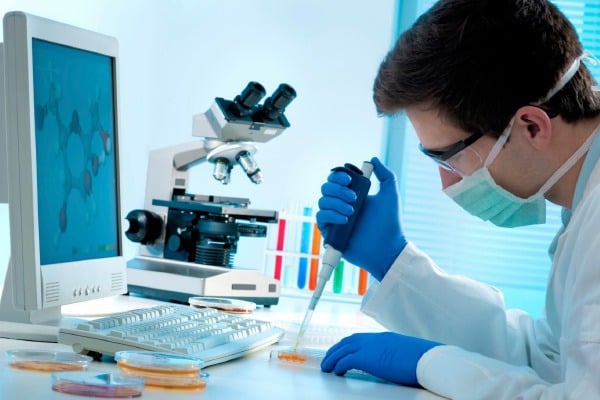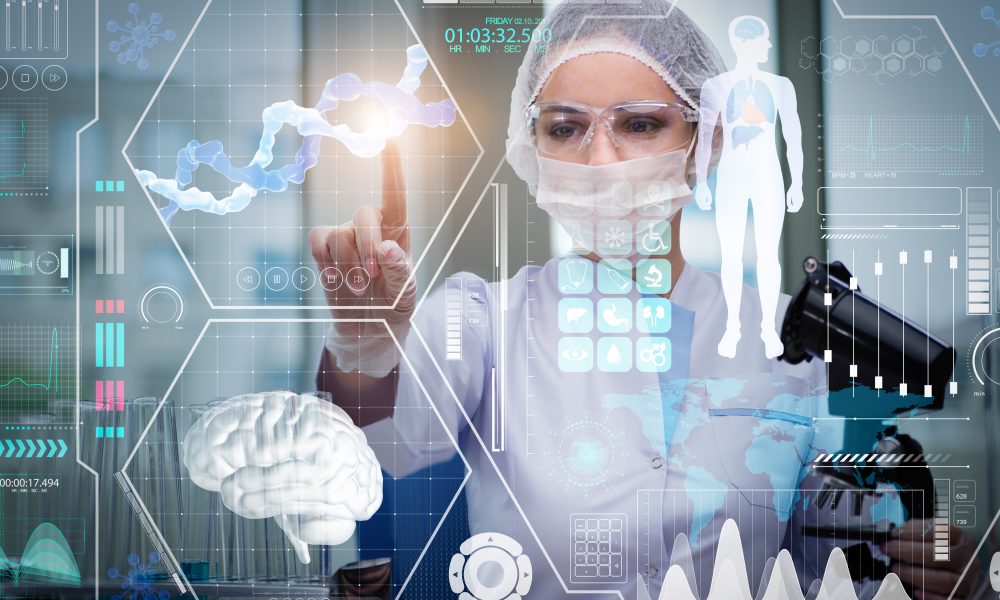Welcome to an exciting exploration. We will dive into the transformational world of 3D and 4D technologies in diagnostic imaging. nuclear medicine Colorado is not just a location, but a pioneer in the implementation of these advanced modalities. These technologies are not new, but their role in diagnostics is a game-changer, similar to when Columbus discovered America. It’s a new world of possibilities, and we are just beginning to understand its reach. Let’s start this journey together to appreciate these powerful tools in healthcare.
The Power of 3D and 4D technologies
3D and 4D imaging have breathed new life into diagnostic imaging. They provide detailed images of our bodies. We can view organs, tissues, and vessels in a way never before possible. This depth of detail aids doctors in identifying and diagnosing health issues.

How 3D and 4D Imaging Works
3D imaging takes multiple 2D images and combines them. This process creates a detailed, three-dimensional view. 4D imaging is similar, but it adds the element of time. This means we can watch organs or tissues in motion. For instance, a 4D scan of the heart can show it beating in real time.
How These Technologies Improve Healthcare
These advances in imaging technology are creating new opportunities. Early detection and treatment of diseases are now possible. This is a significant step forward in patient care. We can now detect issues in their early stages, which was difficult before.
Understanding the Difference: 3D vs. 4D
| 3D Imaging | 4D Imaging | |
| Image dimension | Three-dimensional static image | Three-dimensional moving image |
| Use case | Used for viewing organs and structures in detail | Used for seeing movement and function of organs |
Future of Diagnostic Imaging
The future for diagnostic imaging is bright. New technologies are constantly emerging. They bring us closer to understanding the human body. One such technology is Computed Tomography, a technique that uses computer-processed combinations of X-ray images taken from different angles, generating cross-sectional images of specific areas of the body. As we continue to refine these methods, we can expect diagnostic imaging to become even more vital in healthcare.
Let’s embrace this new era of diagnostic imaging together. We have an unprecedented view into the human body. We can expect better healthcare outcomes as a result. Welcome to the future of diagnostics.

